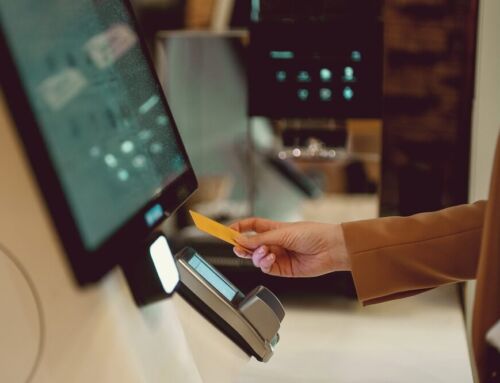Have you been to a McDonald’s restaurant lately? If so, there’s a good chance you’ve come across one of the new McDonald’s touchscreen kiosks.
These self-ordering screens have been cropping up in many of the fast-food chain’s restaurants over recent years, and they’re now going global. Here’s a look at the benefits, the possible downsides and what the future holds.
History of McDonald’s Touchscreen Kiosks
McDonald’s first introduced touchscreen kiosks into its restaurants a few years ago, and in 2015, the company announced that it would be rolling them out to all of the 14,000 restaurants in the USA.
How do they work? Customers simply choose what they want from the menu on the screen, then pay with a card, receive a printed order number and collect their food from the counter.
The introduction of the kiosks was all part of a McDonald’s brand revival to increase efficiency, boost sales and give more control to customers.
Rapid Growth of Kiosks
In 2018 McDonald’s announced it would be upgrading 1,000 restaurants every quarter for the next eight quarters at least, so it is obviously working. By why are the kiosks so popular?
For a start, people like automation. It makes getting your fast food even faster, more convenient and more accurate because customers can see exactly what they are ordering.
For McDonald’s, the customer experience is important. But kiosks also have a cost benefit because there is no need to pay wages to the kiosks.
In fact, even more automation is now on its way because McDonald’s has introduced mobile payments. Using the app, customers can choose their meal and pay for it in advance then pop into their nearest restaurant and pick up their food, saving more time.
A Key Benefit of Kiosks
Another one of the key benefits of kiosks is that customers buy more from them. Why? It’s partly to do with the extra convenience, but also to do with the fact that customers do not feel like they are being judged.
When they are asked whether they would like large fries, they may not want to say that face-to-face. But a kiosk doesn’t judge, prompting them to order more food.
Will They Take Over from Cashiers?
This is the big question for many, and the answers are mixed. On the one hand, the McDonald’s touchscreen kiosks often require staff to help customers use them, otherwise the experience can be frustrating. But as people become more familiar with the kiosks, they are likely to need less human help.
The new technology could even free workers up to provide better customer service. So instead of being made redundant by kiosks, their roles may simply change.
The Future of Restaurants?
The McDonald’s touchscreen kiosks are changing how we order food, but whether the technology will catch on with other restaurants remains to be seen. For now, it’s clear that kiosks have benefits for both customers and the restaurant chain, so it’s likely we’ll be seeing even more automation in the near future.




